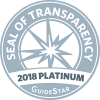Facilitated Leadership
The 85% rule fits well in the workplace anytime leadership is aware of the collective worth of employee input.
Request this training course
Background
 The Facilitated Leadership strategy is a more advanced application of the Participative Leadership style, but far from the haphazard Democratic method with which it could be associated. It is a leadership style that requires a mastery of directing team discussions with an ethic that truly seeks the best result for all stakeholders. It is flourishes under objective leaders who radiate positive energy and recognize that behavior and potential are two different things. These leaders believe in the unseen potential of all people so they include them as stakeholders. This stimulates employee development and generates buy-in and ownership by team members because the solutions and strategies created with this process are vetted by the leader and everyone involved; meaning they are the best solutions known. Learning and then applying the Facilitated Leadership style, internally and with the community, is an effective way to establish and maintain a professional culture.
The Facilitated Leadership strategy is a more advanced application of the Participative Leadership style, but far from the haphazard Democratic method with which it could be associated. It is a leadership style that requires a mastery of directing team discussions with an ethic that truly seeks the best result for all stakeholders. It is flourishes under objective leaders who radiate positive energy and recognize that behavior and potential are two different things. These leaders believe in the unseen potential of all people so they include them as stakeholders. This stimulates employee development and generates buy-in and ownership by team members because the solutions and strategies created with this process are vetted by the leader and everyone involved; meaning they are the best solutions known. Learning and then applying the Facilitated Leadership style, internally and with the community, is an effective way to establish and maintain a professional culture.
To better understand the concept of facilitated leadership, one must first examine more familiar ways in which the facilitative method is used. The most broadly used application of group facilitation is seen in the classroom. Top-level classroom facilitators are able to generate a very high percentage of course content directly from the students using the 85% Rule of Facilitation© The 85% Rule suggests that the facilitator extract the course material instead of projecting it by asking questions and building learning activities that draw on the collective existing knowledge of the students. For topics that extend beyond the experience of the students, the facilitator must apply the 85% Rule by using questions and activities that stimulate deep critical thinking and cognitive reasoning to help students “figure things out.” Either way, this type of classroom facilitation fosters dynamic discussion and elevates students from passive learners to active participants and concept-stakeholders that retain information longer because they generated it.
This method is a shift from traditional teacher-centered instruction to learner-centered as students demonstrate their knowledge and ability to reason things out which empowers the students. Instructors generally achieve discovery via a feigned ignorance to help students engage in focused dialogue that reaches a higher level of learning as students think; discuss; debate; evaluate; analyze; and, ultimately, create content through their own thinking and the thinking of those around them. The key is that instructor actually designs the whole course so that discussion and classroom activities force the students to generate course content; aiming for 85%. When students generate course content they remember it, and can apply it longer. Moreover, the results of class discussions and critical thinking culminate in conclusions that are vetted by students and the instructor; all have ownership.
 The 85% rule fits well in the workplace anytime leadership is aware of the collective worth of employee input. Instead of the traditional leader-centered style, this approach is employee-centered but is ultimately true to results that consider all stakeholders over individuals. It has been very effective when there is anticipated employee resistance to a new organizational direction. While one may never convince employees that the new direction is a good thing for them, it doesn’t mean that they can’t fully understand why that decision has been made. They can be led to critically examine all of the options and see why this option was the best course of action from the organizational perspective. The leader can outline the problem in detail and then use well-designed questions to extract all of the possible solutions. Essentially he or she would be brainstorming a list of benefits and drawbacks. He or she could clarify the priorities and constraints of the organizational stakeholders by asking the employees questions like, “if you were our customer, how would you want us to handle this?” or “If you were on the city council, what would your constraints/priorities be?” In the end the employees don’t have to support or even agree with the forces acting upon their superiors, they just need to understand them from a (somewhat) empathetic view.
The 85% rule fits well in the workplace anytime leadership is aware of the collective worth of employee input. Instead of the traditional leader-centered style, this approach is employee-centered but is ultimately true to results that consider all stakeholders over individuals. It has been very effective when there is anticipated employee resistance to a new organizational direction. While one may never convince employees that the new direction is a good thing for them, it doesn’t mean that they can’t fully understand why that decision has been made. They can be led to critically examine all of the options and see why this option was the best course of action from the organizational perspective. The leader can outline the problem in detail and then use well-designed questions to extract all of the possible solutions. Essentially he or she would be brainstorming a list of benefits and drawbacks. He or she could clarify the priorities and constraints of the organizational stakeholders by asking the employees questions like, “if you were our customer, how would you want us to handle this?” or “If you were on the city council, what would your constraints/priorities be?” In the end the employees don’t have to support or even agree with the forces acting upon their superiors, they just need to understand them from a (somewhat) empathetic view.
Obviously, the ideal use of Facilitated Leadership is to stimulate innovation and employee ownership. It is best applied for team problem-solving and follows the same procedure regardless of the issue. For each problem the team must look at it from the perspective of all stakeholders; actually pretending that they are in that role to achieve a deeper understanding. The leader should be constantly stimulating critical thinking throughout the meeting offering opposing questions and reasoning; often acting as the devil’s advocate.
This method can also be applied upward in the chain of command. It is an unenviable position to have to tell your boss “no” or “that’s a bad idea.” Instead of being perceived as a naysayer or worse, a challenger, be one who empowers the boss. If you have seen the dangers of the pending decision, use carefully thought out question mapping to enlighten the boss and simultaneously reduce or eliminate the perception of challenge. If you are in a meeting you can ask questions like, “does anyone know what the federal guidelines are for this?” When alone you can ask the boss things like, “how will the federal guidelines limit us on this/affect this? As the boss thinks this through, he/she will see the new insight as “their idea” in whole or at least in part. Because the boss feels that he/she is the one who figured it out, relationships remain healthy and his/her ego is kept in-tact.
For today’s organizations, the real inclusive power of the facilitative method must be applied externally to the community. This is a natural progression as leaders establish and maintain a culture of cooperative facilitated problem-solving within their organization, so the same principle spills out to the community. Imagine a police chief or any executive speaking at community meetings where they see him or her as a partner and someone who values their input and intellectual worth; someone objective enough to stand back and facilitate a discussion on the real problems and meaningful resolution strategies that truly value all stakeholders.
Executive Summary
- Emotional Intelligence
- Today’s Workforce
- Facilitated Leadership Techniques
- Conducting Effective Community Meetings
- Positive Coaching Model (RRAC)
Course Information
Course Length: 2 Days (16 hours)
Cost/Tuition: $175
Max Class Size: 25 Students
Student Requirements: None
Prerequisite: None
Technical Level: Best suited for management
About the Course Designer/Instructors:
Alan retired as a Commander with the Santa Ana (CA) police department and has nearly 30 years of varied law enforcement experience. He holds a Bachelor of Arts degree in Public Administration and a Master of Arts degree in Education. Alan is a California Peace Officer Standards and Training (POST) Master Instructor, a member of the POST Quality Assessment Program and he served on the POST Instructor Standards Advisory Committee for 10 years. [More..]



